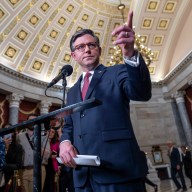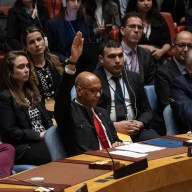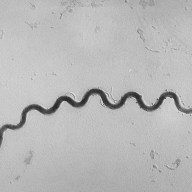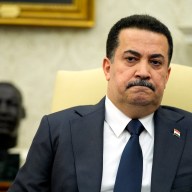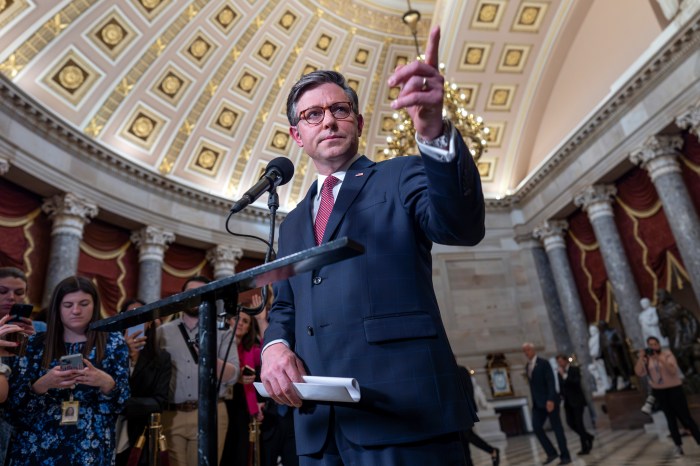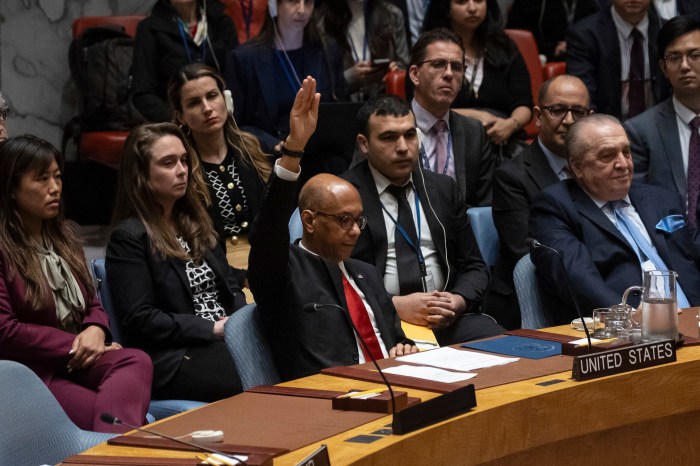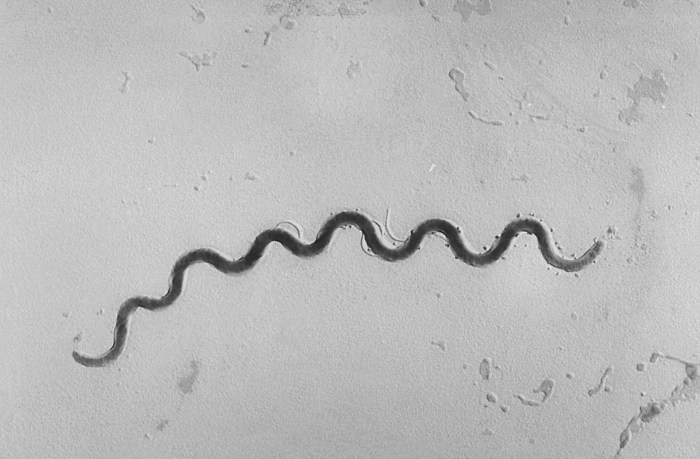Fighting should be eliminated from hockey at all levels of the game, according to recommendations released Tuesday from an expert panel dealing with concussions in hockey.
“Fighting is one of the known causes of concussion, and may result in the related long-term complications,” the panel’s summary statement says. “Fighting can cause needless death.”
The recommendations, resulting from meetings at the London Hockey Concussion Summit on Jan. 17-18, also calls from an elimination of high hits/head hits.
“Those are significant ones,” Summit chair Dr. Paul Echlin said. “The reduction of hits from behind has had a major effect on the incidence of broken necks in hockey and similarly, the reduction of high/head hits should reduce the incidence of concussions.”
Panellists on The Concussion Summit included four former players, three of whom were knocked out of the National Hockey League as the result of concussions – Eric Lindros, Jeff Beukeboom and Alyn McCauley – along with Canadian national women’s team player Jennifer Botterill, who was sidelined for a protracted period with concussion.
Echlin stresses, however, that there was no consensus on all the recommendations.
“The recommendations in this statement are designed to serve as a framework for future discussion, and to promote significant change concerning the prevention, recognition, and management of concussions in hockey,” the statement says.
Echlin and co-chair Dr. Charles Tator, professor of neurosurgery at the University of Toronto, put their recommendations together via e-mail with the participants after poring over the minutes of the day-after meeting.
The recommendations will go to the media, various hockey groups and medical associations.
Along with the rules recommendations, the panel advised a concussion certification program in which trainers, coaches and officials would gain knowledge aimed at recognizing and treating concussion.
Those teams that have pre-season physicals with medical professionals, Echlin said, have added benefits. Few young players ever see a doctor and physicals sometimes indicate problems other than neurological, such as cardiac-related.
Other recommendations in today’s release are the adoption of an NHL/Ontario Hockey League role model program, studies leading to a data collection system, pre-season screening and a survey of protective equipment.
Echlin and Tator said were gratified by the turnout of 380 hockey people Jan. 17 and felt a step closer to their goal – a unified body that involves all levels of hockey and could expand into other sports.
Football Canada was a non-hockey participant in the recommendations along with the NHL, NHL Players’ Association, the OHL, Ontario Hockey Association, Ontario Hockey Federation along with a number of medical and therapeutic bodies.
Echlin said the prospective name for a central agency dealing with concussion is Hockey Concussion Initiative, which would first involve hockey and ultimately serve as a model for all sports in which head injuries occur such as football, soccer, rugby, skiing, skateboarding and cycling.
“Sometimes, events like the Concussion Summit are held and everyone departs until another one is held,” Echlin said in an interview. “Our goal is to move forward from this and work to find solutions to a growing problem”.
Echlin has hands-on experience with concussion this season.
Six of 23 players on the junior development team he works with have suffered concussion, one requiring disqualification for the remainder of the season.






